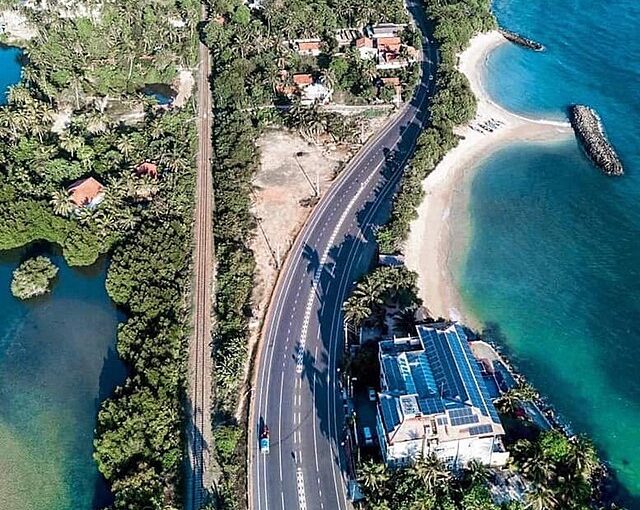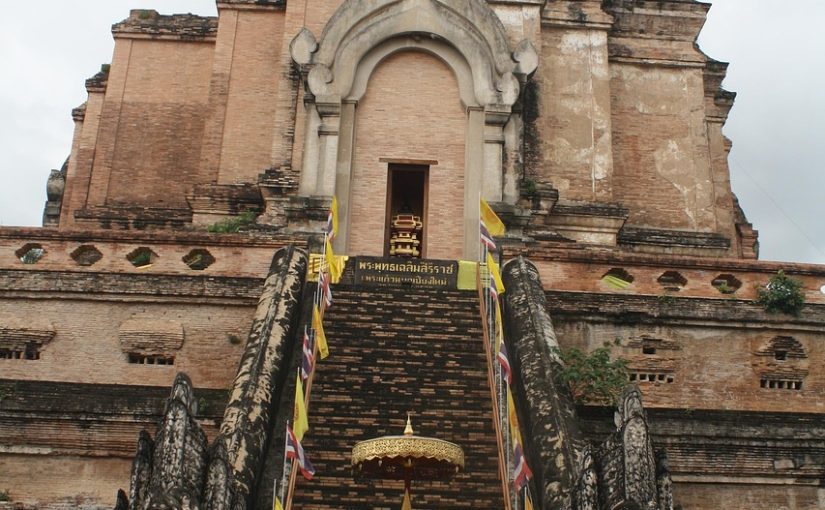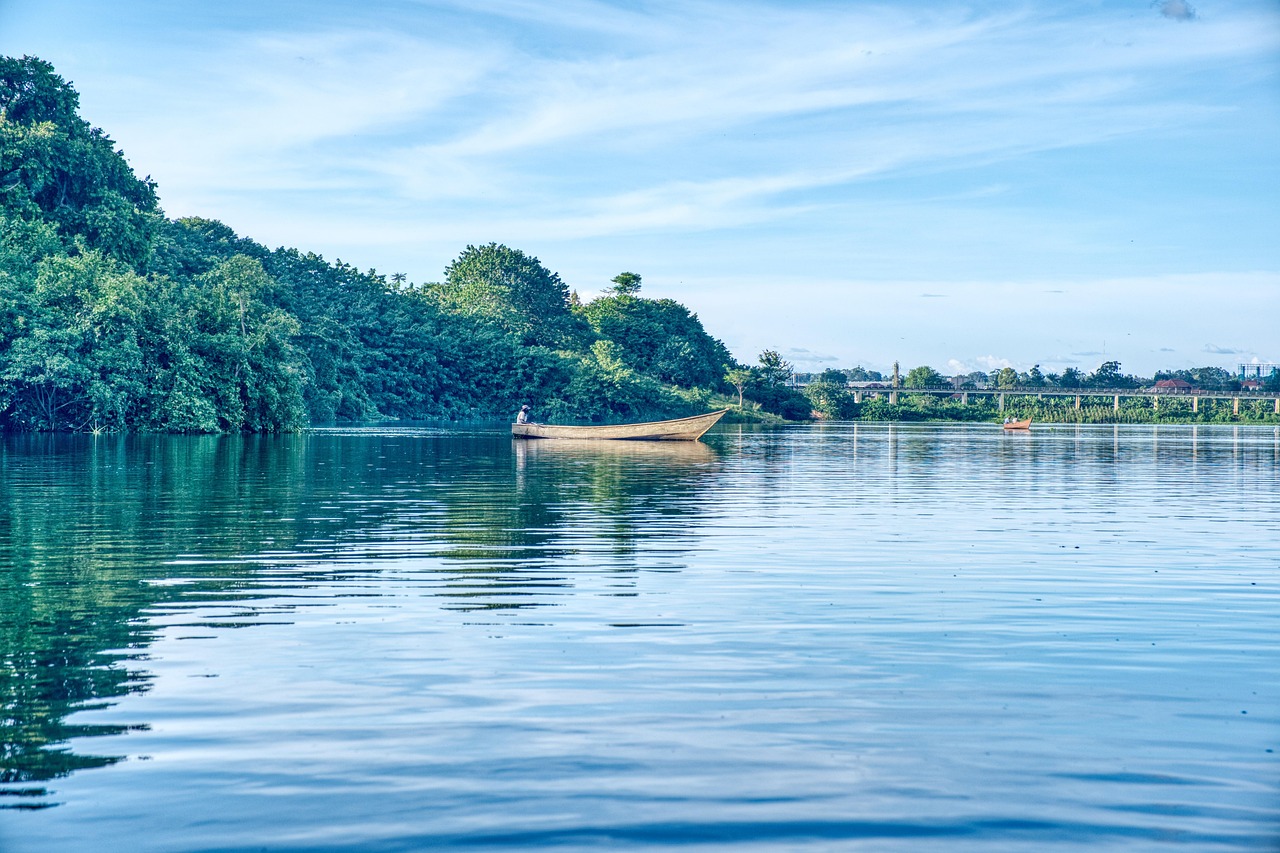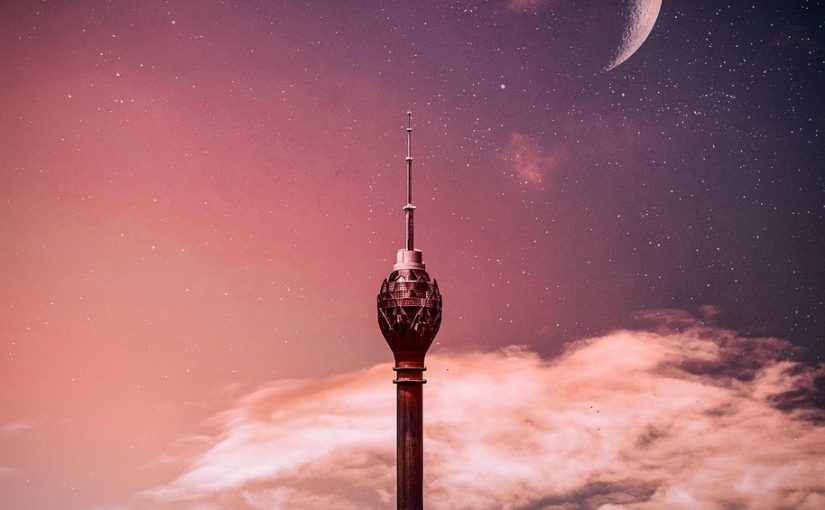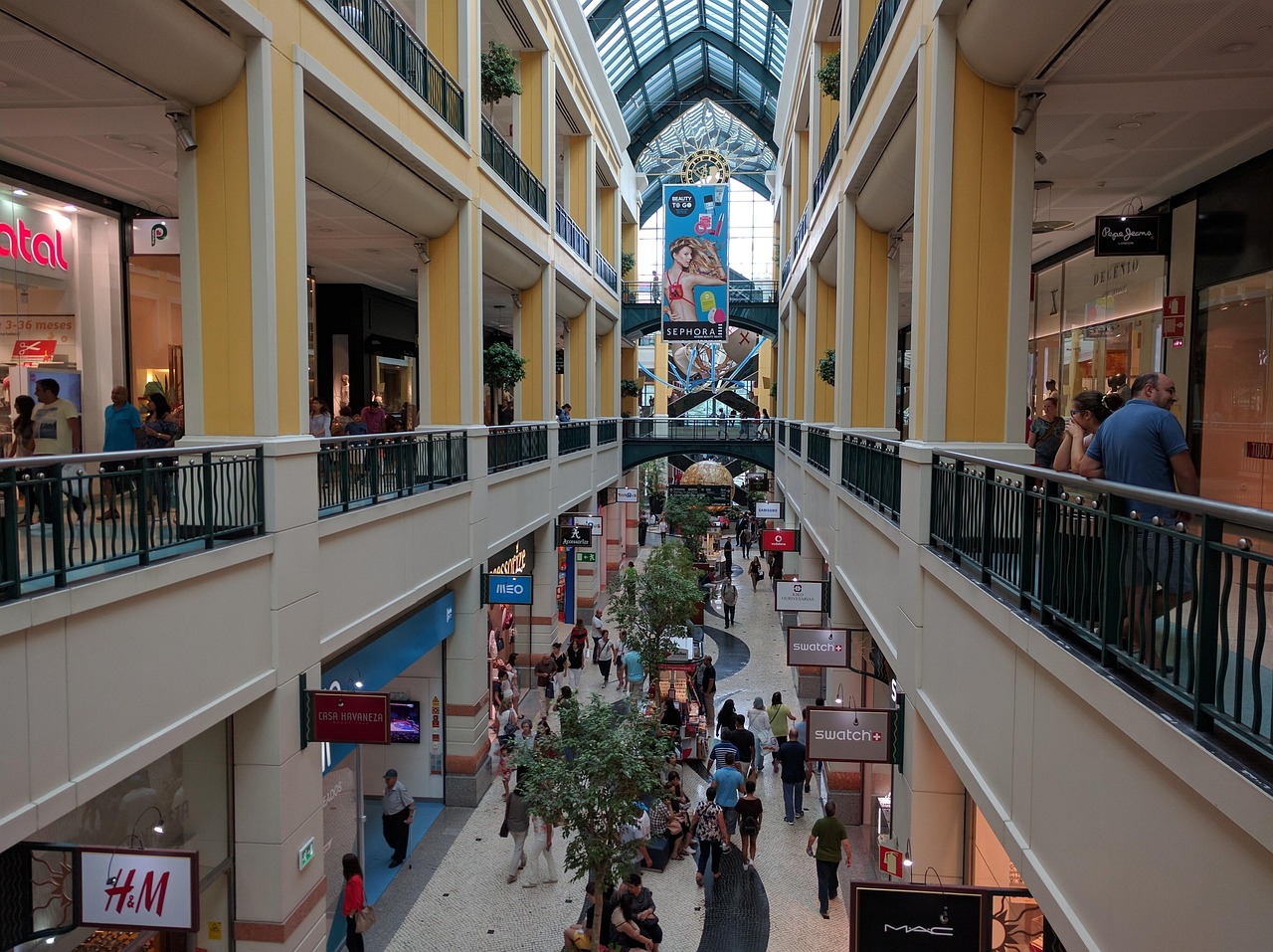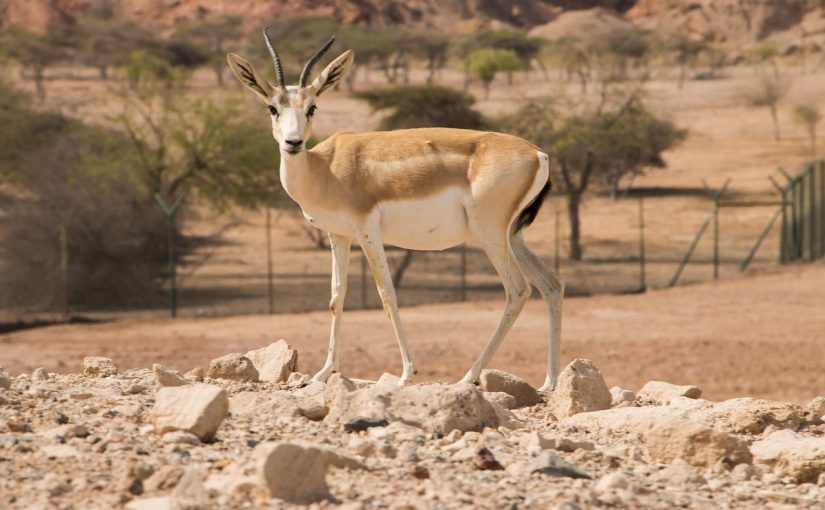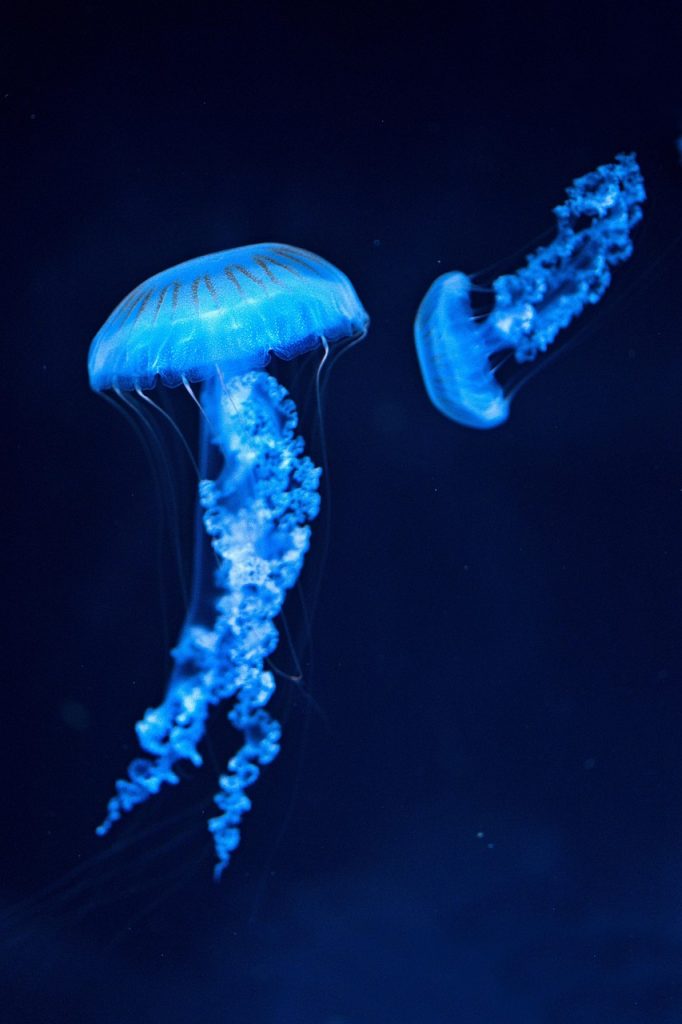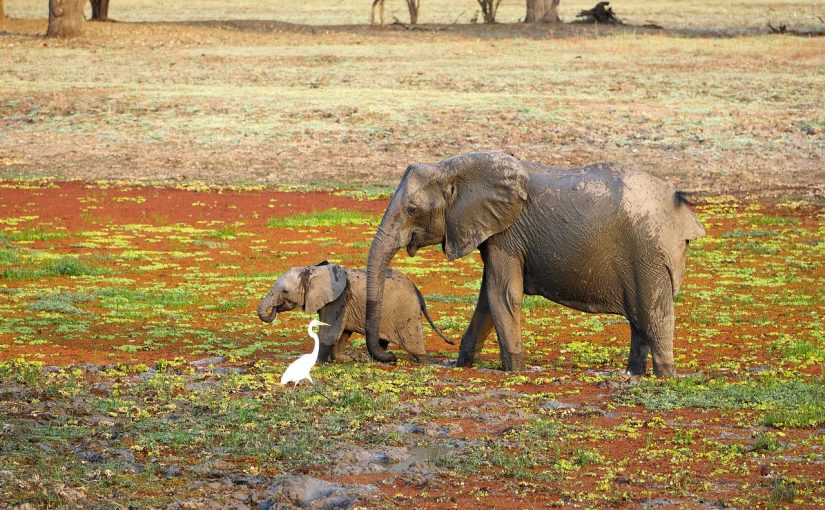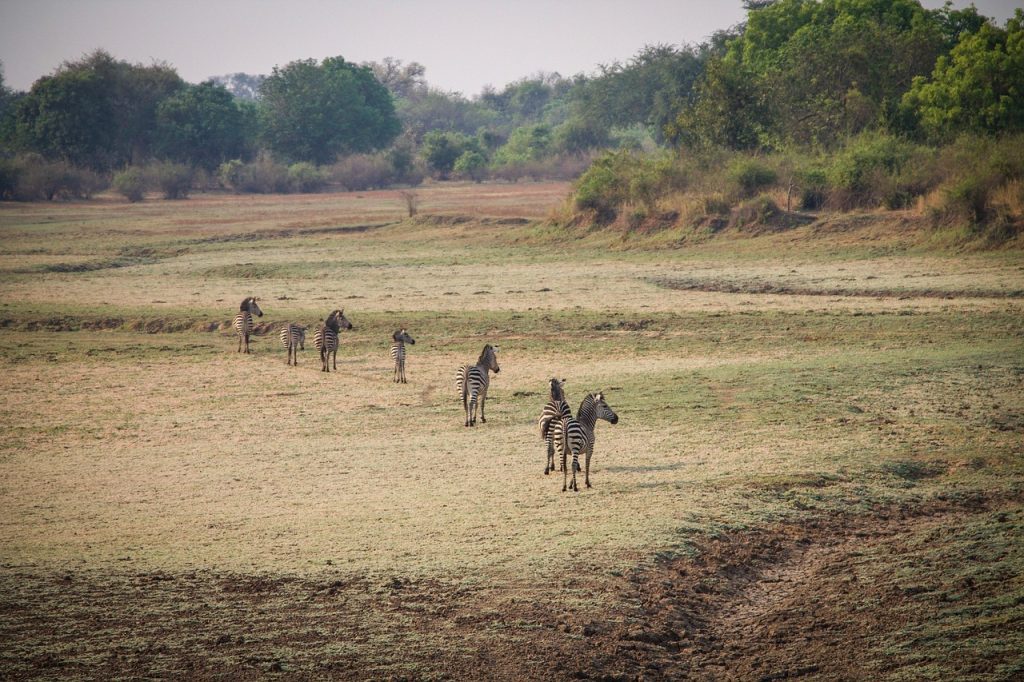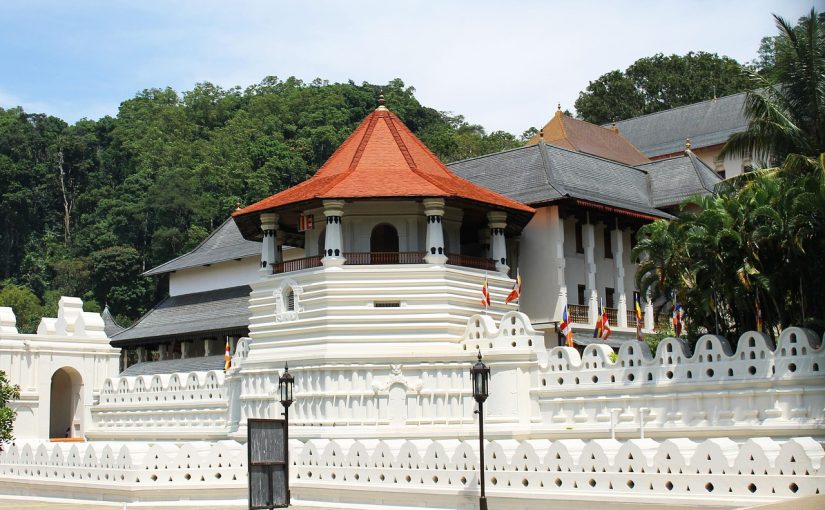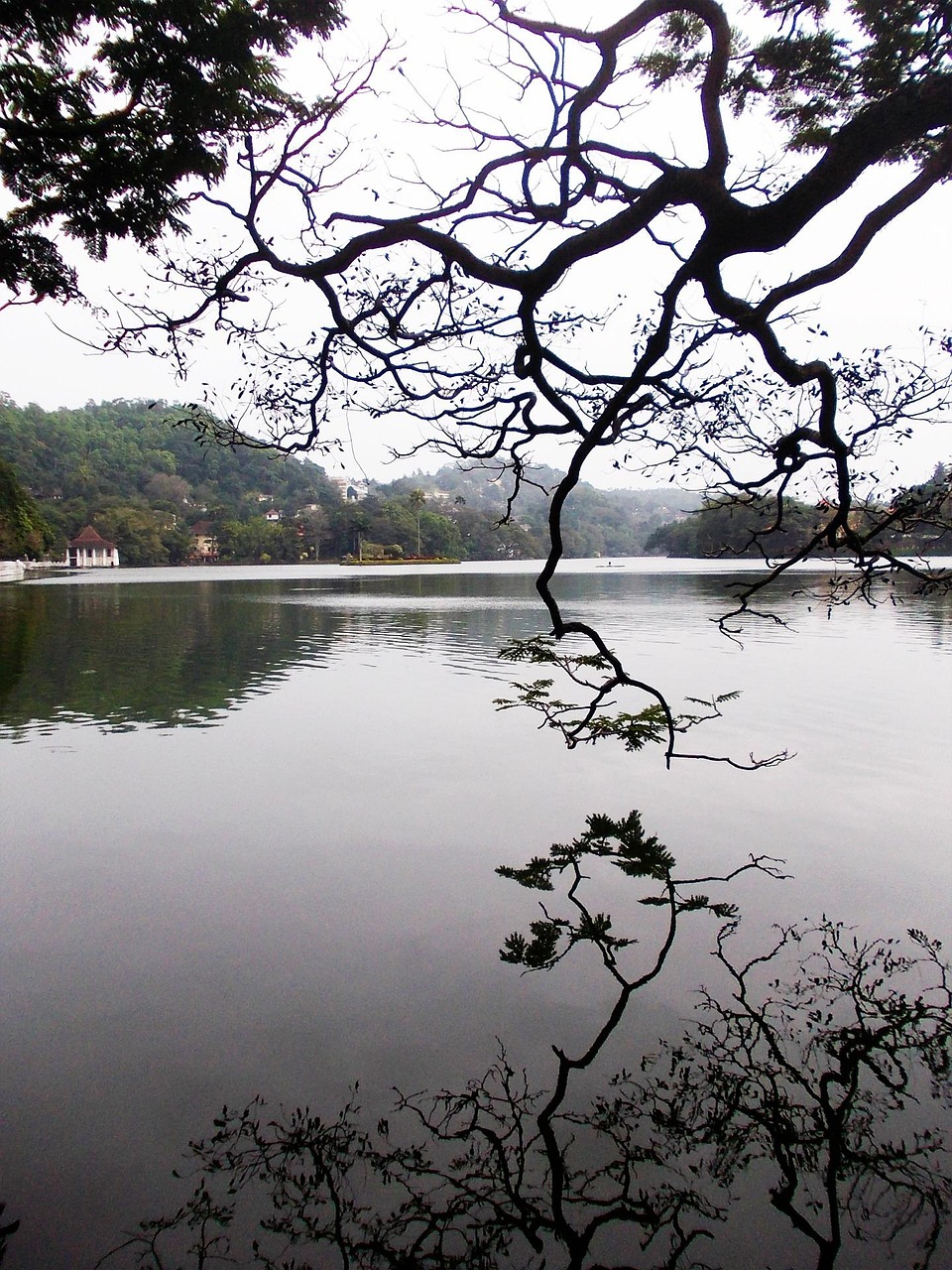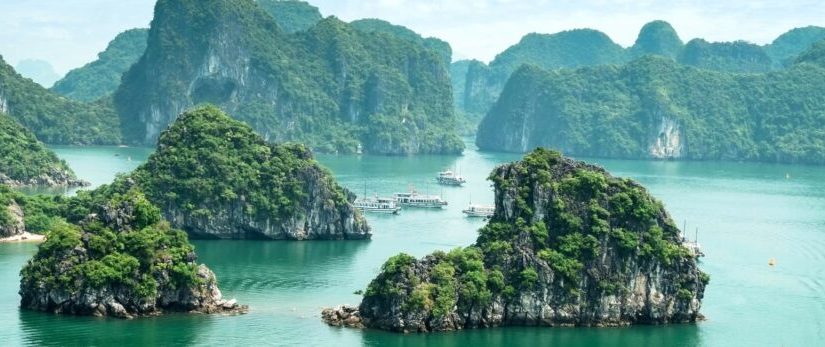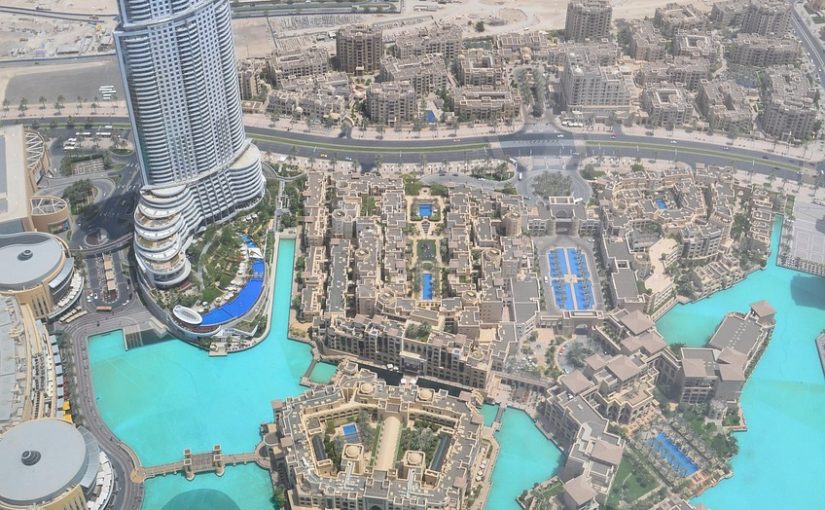One of the most well-known safari destinations in Sri Lanka, Yala National Park boasts the highest density of leopards in the world. While leopards steal the show, the park is also home to elephants, and the birdlife here is spectacular.
Wildlife Encounters
Leopards are, of course, the top highlight, but you can also see elephants, sloth bears, deer, and crocodiles. The park is also reported to have over 200 bird species.
Safari Tours
Going on a safari is one of the best things to do in Yala. You can choose from a range of options, from half-day tours to full-day tours. These tours are often led by experienced local guides. Most safaris are done in open jeeps and allow you to get close to nature from a safe distance. You can book your safari through hotels like Cinnamon Wild Yala.

Best Time to Go
The dry season from February to July is the best time to visit Yala. During this period, animals come out of their hiding places in search of water, which they find in waterholes. The weather is also much more pleasant.
Tips
If you’re visiting during the peak season, remember to book your safari early. Wear light, comfortable clothes and use sunscreen. Don’t forget your hat and water bottle. Early morning and late afternoon safaris are the best. Bring your camera as well, but turn off the flash when taking pictures.

